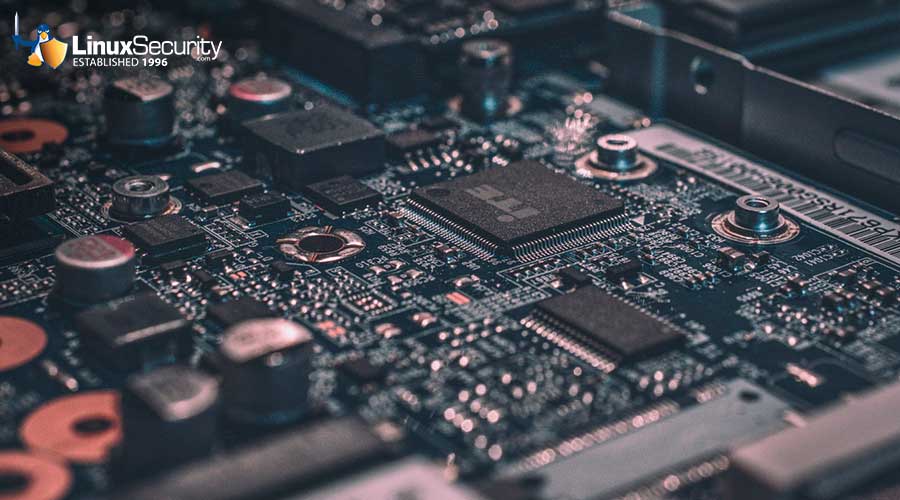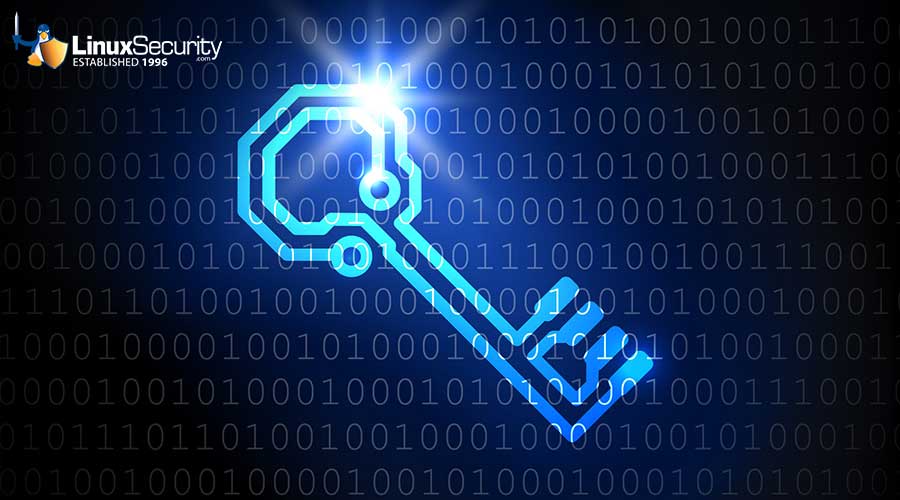'Unhackable' network draws nearer
But even this may not be completely secure, because of possible flaws in the transmission. "Attenuated lasers sometimes produce more than one photon at a time and the problem there is someone can split off one of those photons without disturbing the other," said Dr Andrew Shields, head of the Quantum Information Group of Toshiba Research Europe.
A new technique, pioneered by researchers at Toshiba Research Europe in Cambridge, England, is based on a tiny device called a "quantum dot", a very small semi-conductor made of indium arsenide. It measures just 45 nanometers in radius and 10nm in height.
The link for this article located at SC Magazine is no longer available.




![Multiple Chromium DoS, Info Disclosure Vulns Fixed [Updated] 23.Tablet Connections Esm W300](/images/articles/900x500/23.Tablet_Connections.jpg#joomlaImage://local-images/articles/900x500/23.Tablet_Connections-esm-w300.jpg?width=900&height=500)


















